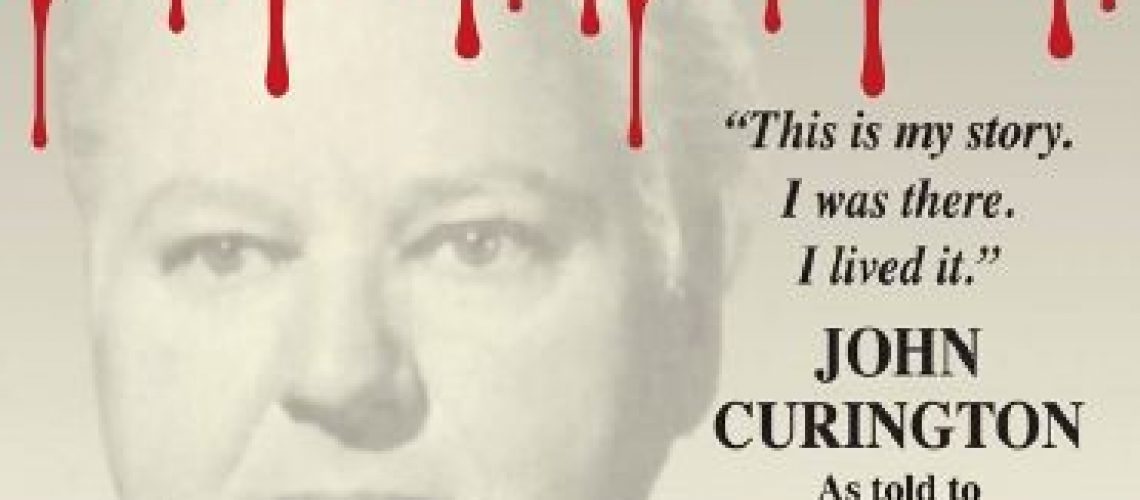“H. L. Hunt – Motive & Opportunity – the Means by which H.L. Hunt Influenced the assassinations of JFK, King, Bobby & Hoffa” by John Curington, as told to Mitchel Whittington, with a foreword by Cyril Wecht, M.D., J.D. (23 House Publishing, SANA 299-8084 www.23house.com)
John Curington, based on his personal knowledge, believes that H. L. Hunt was involved in and should be considered a suspect in the assassinations of President Kennedy, RFK, MLK and Jimmy Hoffa. Dr. Wecht concurs in his foreword. “This book was interesting for many reasons,” Dr. Wecht writes, “not the least of which is that he doesn’t put forward any particular conspiracy theories, as many books on the subject do. Instead, he merely tells his own story and allows the reader to extrapolate what might have happened. This is an incredibly important story because, as John said to me, he is the last man standing from that era.”
Whether a suspect or witness, Hunt was certainly involved in the circumstances of President Kennedy’s death, and while Curington provides motive and opportunity for Hunt to be involved in the other murders, especially as a bag man financing various aspects of the operations that led to their deaths, I will only deal with Hunt’s connections to the murder of the President.
As Wecht says, “In each case, research reveals more questions than answers. In the case of John F. Kennedy, the strange circumstances start almost with the moment of death.” While Curington has intimate personal knowledge of Hunt and his businesses, and Whitington appears to be a good writer and reporter, they apparently are not aware of the numerous associations Hunt had with the JFK assassination, especially those that have already been half-heartedly reported on. Curington could or should be able to easily fill in the gaps pertaining to these associations.
In his favor is the fact that the best witnesses haven’t read the vast published record on the assassination and aren’t aware of the significance of what they know. For starters, Joe Rossi said that he was looking for Jack Ruby on the afternoon of November 20, two days before the assassination, and tracked him down at Hunt’s office, while another report had Ruby at Hunt’s Mt. Vernon home on Saturday afternoon, the day after the assassination.
The Warren Report says that on the morning before the assassination Jack Ruby drove a young college graduate, Connie Trammell, to Hunt’s office in the Mercantile Bank building, where she had a job interview with Hunt’s son Lamar while Ruby got a money order to pay his Carousel Club rent at the bank. Trammell, in an anniversary newspaper article, is quoted extensively, and she says that meeting took place on the day of the assassination, not the day before. But her job application clearly says it is the 21st, so dates and times do get a little muddy fifty years after they occur.
On the morning of the assassination, while Jim Braden visited the Dallas Parole Office, and was then taken into custody as a suspicious person at the scene of the assassination in the Dal-Tex building, his two associates, who shared a room with Braden at the Cabana Hotel, visited Hunt to discuss oil business, and were probably with Hunt at the time of the assassination. They then suddenly split town, leaving Braden behind.
Curington says he was with Hunt when the motorcade passed their seventh floor window and John Connally looked up and waved to them. But he does not discuss how Hunt or one of his sons paid for the full-page ad in the Dallas Morning News calling JFK a Traitor.
After the assassination, Hunt had one of his top aides, Paul Rothermel, investigate the assassination, and he reportedly compiled a large file that is not in the public domain, and he is quoted in a number of books. Rothermel told Dick Russell that Hunt had him buy one of the first copies of the Zapruder film, and he claimed he did.
While Curington mentions Rothermel as one of Hunt’s top guys, there is no mention of Ruby’s girl Connie Trammell, Jim Braden and his pals, the Hunt payment of the full-page ad, or what became of Hunt’s files on the assassination, as compiled by Rothermel. Then Rose Cheramie was found dead in the middle of the road in front of Rothermel’s property near Big Sandy, Texas. None of these important issues are mentioned or dealt with by Curington.
Curington does make some important revelations, including the origin of the “Dear Mr. Hunt” letter and the close association Hunt had with General Walker. Curington says that Hunt furnished Walker with background for his speeches, and he sometimes accompanied Hunt to Walker’s home, where someone took a shot at Walker on April 10, 1963. According to Curington, Walker told him and Hunt that Oswald was a suspect in the shooting BEFORE the assassination. “Clearly, the police and possibly even the FBI had Oswald on the radar, at least for that shooting,” says Curington. And if that’s true, it radically alters the official version of events.
Just as significant is Curington’s allegation that the “Dear Mr. Hunt” letter was found in the Hunt company files and therefore was not a Soviet disinformation ploy to implicate E. Howard Hunt in the assassination, as Soviet KGB archivist Valary Mitrokin told the British MI5. As Curington puts it: “Let me say again that I’m not interested in addressing all of the conspiracy theories surrounding the JFK assassination that involved – or clear – H. L. Hunt. But there has been a lot of discussion and speculation over the years about a letter that Lee Harvey Oswald supposedly wrote to Mr. Hunt, and because that theoretically involves him directly, I thought that I would mention it.
A letter surfaced during the investigation into the Kennedy assassination that simply read: ‘Nov. 8, 1963 Dear Mr. Hunt, I would like information concerdning [sic] my position. I am asking only for information. I am suggesting that we discuss the matter fully before any steps are taken by me or anyone else. Thank You, Lee Harvey Oswald.’ The letter showed up in our interoffice mail system after the assassination, and that in and of itself wasn’t peculiar….and since it did, in fact, involve Mr. Hunt, and did in fact, suggest a meeting with Oswald, we elected to turn it over to the FBI and never saw it again. In private Mr. Hunt did raise the question as to whether Lee Harvey Oswald could be a Life-Line listener, something that I think might have been a concern for him.”
While the Soviet leaders privately concluded that President Kennedy was killed by a domestic security network, a conspiracy that involved rich American oil men like Hunt, KGB archivist and defector to the British Valary Mitrokin said that the KGB manufactured the “Dear Mr. Hunt” letter to implicate Watergate burglar E. Howard Hunt. If Curington is correct, and the letter, as the HSCA handwriting experts agreed, was written by the historic Lee Harvey Oswald, then the Mitrokin allegation is false, as the letter concerns H. L. Hunt the oilman and not the CIA officer.
Curington also says that Hunt sent him to the Dallas jail on Saturday to check out the security surrounding Oswald, and after sharing an elevator ride with Oswald and his captors, Curington reported back to Hunt that security was extremely lax. Curington also thinks Hunt’s association with Dallas mob boss Joe Civello had something to do with Ruby shooting Oswald.
While Curington does give a lot of ink to Hunt’s Life -Line radio program, that was broadcast nationwide
and mercilessly attacked JFK – calling his supporters “the mistaken,” he fails to mention that Warren Carroll was the major producer of Life-Line. And it just so happens that Warren Carroll is a former CIA propaganda specialist who wrote the “On Heroism” program that was printed out in a leaflet found on the front seat of Ruby’s car after he shot Oswald. Did Hunt and Carroll’s propaganda influence Ruby?
Another tidbit Curington provides, not knowing its significance, is that Hunt had a Life-Line booth set up at the Texas State Fairgrounds, a hotbed of conspiracy antics, as that’s where Ruby’s friends ran a tent show film “How Hollywood Makes Movies,” that he got his Chicago friend Larry Meyers to invest in. It’s also where Ruby recruited roustabout and former Army sniper Larry Crafard and stripper Joyce McDonald. The Fairgrounds is also where the Dallas Police Department’s Special Services Unit kept their branch office, so their undercover informants didn’t have to report to City Hall. It’s also the location of Jack Crichton’s underground Emergency Communications center, and home of Crichton’s special US Army Intelligence unit. Was Hunt’s Life-Line booth set up in proximity to any of these other shenanigans going on nearby?
In any case, while Curington is convincing in establishing his role as one of Hunt’s top guys, he doesn’t address all of the key issues of the assassination that involve Hunt, information that he should be able to provide. Perhaps he is unaware of these issues, or he wasn’t asked the right questions, something that can and should be rectified.
In his favor, Curington does establish two important facts that could be further explored. For one, he explains how Hunt gave his two sons two professional football teams – The Dallas Cowboys and the Dallas Texans – which he owned (with Clint Murchison). Since both teams couldn’t survive in Dallas, one had to go. Hunt had Curington check it out and tell him what the best location would be for the second team. Curington says he looked at a map of all of the professional football teams, found that Kansas City was the top media market without a team, and that’s where the Texans became the Chiefs. The deal was sealed by a coin toss, resulting in Lamar’s team going to Kansas.
It turns out that the lawyer for Hunt’s partner with the Cowboys, Clint Murcheson, had an office (Henry Baer-Wynne, McKenzie, Jaffe, Tinsley) in the Southland Building, and that same attorney was chosen by Robert Oswald to represent him and Marina when they appeared before the Warren Commission.
That may have something to do with Curington’s confirmation that a few days after the assassination Marina Oswald was delivered to Hunt’s office in a black limo with US government tags. According to Curington, Hunt had the building entirely cleared of his employees before she arrived, and she only stayed for some twenty minutes, but there was no doubt it was her.
Perhaps it had something to do with their mutual lawyer – whose office just happened to be in the same building where Oswald visited for a job interview with deMohrenshcildt’s friend, Sam Ballen, as well as the lobby where Oswald met with Antonio Veciana and David A. Phillips.
In any case, Curington has established his bona fides as a Hunt Oil insider, and he is one of the few “last witnesses standing,” but he doesn’t address some of the major issues of the JFK case involving Hunt that can and should be answered, even at this late date. Maybe he can still answer some of them if he is asked the right questions, and can come up with more documentation, perhaps as a witness at CAPA’s event in Dallas in November?
William Kelly / billkelly3@gmail.com
August, 2018

